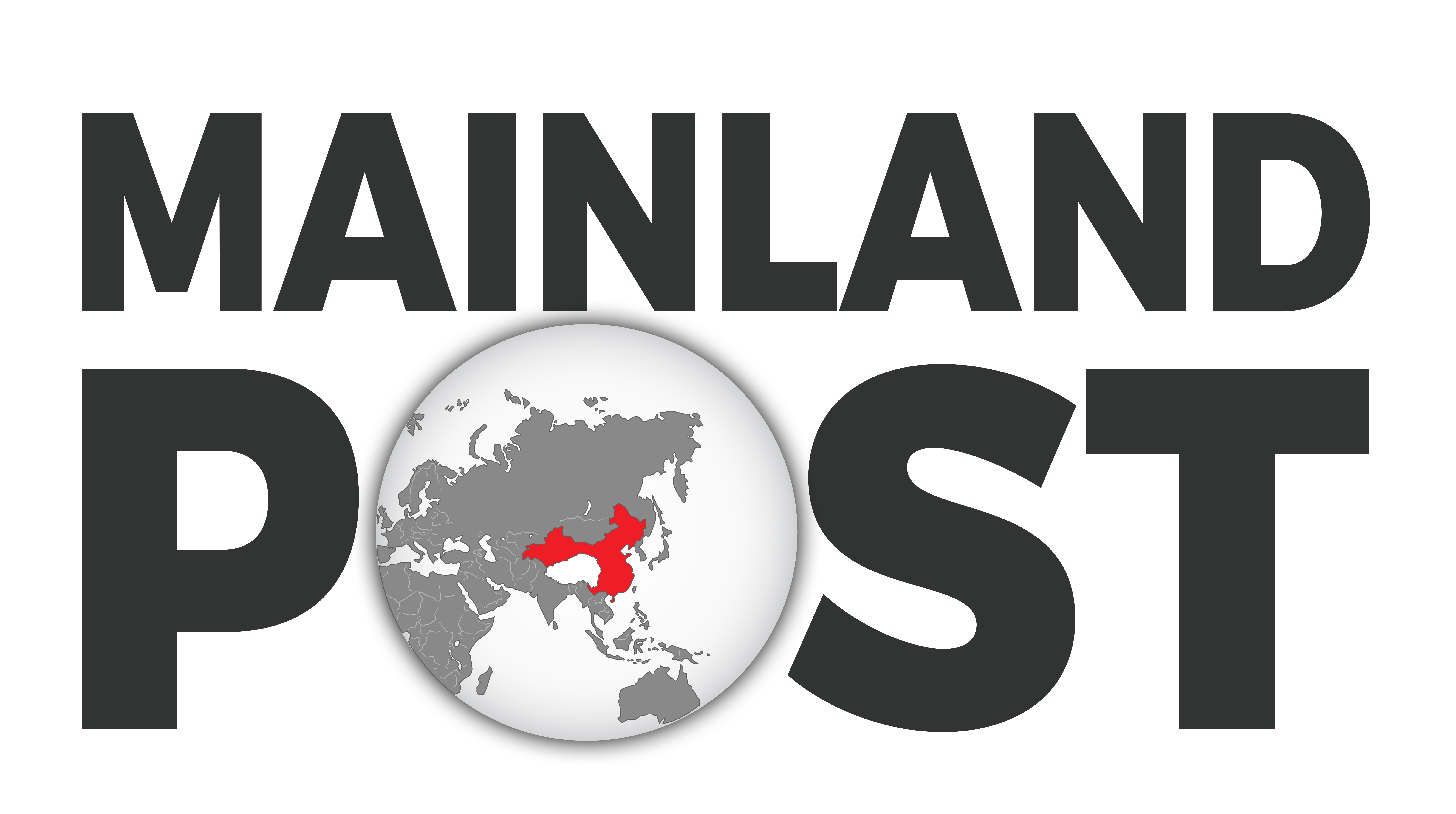Tibet, often called the “Roof of the World,” is cracking under the weight of China’s relentless drive for concrete and control. Highways slice through sacred valleys, rivers are choked by dam walls, and the mountains themselves tremble with the machinery of extraction. A new report by the Stockholm Centre for South Asian and Indo-Pacific Affairs warns that the plateau has entered a state of “extreme ecological stress.”
The paper, “Whither Tibet in the Climate Crisis Agenda?”, released just weeks before the COP30 climate summit in Brazil, calls for Tibet to be placed squarely at the center of global climate discussions. It argues that what happens on this vast plateau will determine the future of water, food, and energy security for nearly two billion people across Asia.
“Tibet is warming at more than twice the global average,” the report notes. “Glaciers and permafrost are melting, grasslands are degrading, and entire ecosystems are being reshaped.”
Development at All Costs
According to the report, much of this crisis stems from Beijing’s “state-led development model,” which has prioritized speed and spectacle over sustainability. Roads, railways, airports, and hydropower dams have transformed the plateau into a web of militarized infrastructure, often serving dual civilian and strategic purposes. Independent environmental studies are blocked, local voices silenced, and data on long-term ecological impact kept secret.
The authors point to the Medog Hydropower Project, a colossal dam under construction on the Yarlung Tsangpo (Brahmaputra) River in southeastern Tibet. Estimated at over 1.2 trillion yuan (around USD 170 billion), it will be one of the world’s largest hydropower schemes, with five cascaded stations producing 300 billion kWh annually. Chinese officials call it a triumph of clean energy; regional scientists and activists call it a catastrophe in waiting.
India and Bangladesh, both downstream nations, have voiced concern over the project’s potential to disrupt water flows, biodiversity, and human settlements. Critics say China’s assurances of “minimal impact” are meaningless in a region where earthquakes, floods, and landslides are part of the geological fabric.
In January this year, a 7.1-magnitude earthquake struck eastern Tibet, killing at least 126 people and damaging several reservoirs. Experts called it a grim preview of what could happen if giant dams fail in such unstable terrain. “These are zones that were never meant to hold megastructures,” one Tibetan hydrologist told Phayul. “The land itself is warning us.”
From Fireworks to Lithium Mines
The environmental wounds are not limited to dams. In September, the Canadian-owned brand Arc’teryx, now partly under China’s Anta Sports, staged a fireworks show in Shigatse for a marketing campaign — a tone-deaf display that sparked outrage across Tibetan social media. “They call it adventure,” wrote one user from Lhasa, “but to us it felt like desecration.”
Further east, in Markham County, video footage shared online this summer showed mountains stripped bare by open-pit mining. The region, rich in lithium, copper, and rare earth minerals, has become a magnet for state-corporate projects that leave behind toxic runoff and displacement. Tibetan villagers report being forced off ancestral lands with little compensation or consultation.
Rights groups have documented numerous arrests of Tibetans who dared to protest these projects. Among them is Tsongon Tsering, detained in 2024 for exposing illegal sand-mining, and A-Nya Sengdra, a well-known environmental advocate whose prison sentence was recently extended despite worsening health. Their stories echo a larger truth: in today’s Tibet, defending the earth is treated as a crime.
A Global Fault Line
The Stockholm report makes one thing clear — Tibet’s environmental crisis is no longer a remote issue confined to its high plateaus. Its rivers feed Asia’s major lifelines: the Ganges, Brahmaputra, Mekong, and Indus. Its glaciers regulate monsoons and water cycles that sustain billions. As the plateau burns, melts, and shifts, the rest of Asia will feel the consequences.
India has already begun preparing. In response to China’s upstream dam push, New Delhi announced a ₹6.4 trillion hydropower and transmission plan across its own northeastern states. Environmentalists warn that this competition could spiral into a “hydro-arms race,” trapping both countries in a destructive loop of dam-building rather than cooperation.
A Call for Accountability
For all its policy jargon, the Stockholm report ends on a deeply moral note: Tibet must no longer be left out of the world’s climate conscience. The plateau’s ecological collapse is not inevitable — it is being engineered by political design and economic greed.
As the world heads to COP30, the question is no longer whether Tibet is suffering, but whether the international community has the courage to name what is happening there. Climate justice, the report insists, cannot exist without truth — and the truth from the Roof of the World is clear:
China’s mega-projects are shaking the Himalayas to their core.




